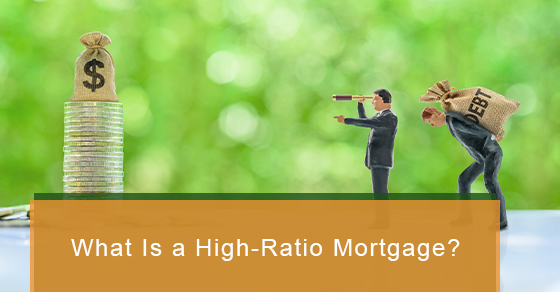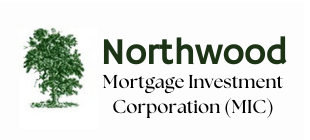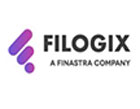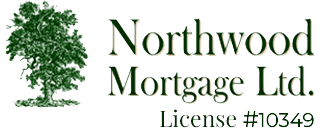In the world of mortgages, there are many options. You can have an open or closed mortgage, fixed or variable interest rates, and high-ratio or low-ratio mortgages. Understanding the difference between your options could save you thousands of dollars over the life of your mortgage. As housing prices rise, more Canadians will likely end up with a high ratio mortgage so it’s important to know exactly what that means.
What is a high ratio mortgage?
A high ratio mortgage is one where the buyer has a down payment of less than 20 percent of the home’s value. Lenders calculate the loan-to-value ratio before they approve a mortgage application. If the value of the home is over 80 percent of the down payment, the mortgage is considered a high ratio loan.
Conversely, borrowers who are putting more than 20 percent of the home’s value towards their down payment will be taking out a low-ratio mortgage.
Having a larger down payment reduces your loan-to-value ratio and makes the difference between having high-ratio and low-ratio mortgages.
It’s important to know if you are applying for a high or low ratio mortgage because borrowers of a high-ratio loan are required to get mortgage default insurance.
What is mortgage default insurance?
Lenders see high-ratio mortgages as higher risk, which is where mortgage default insurance enters the picture. It protects the lender in case you default on your mortgage payments.
Three institutions in Canada offer mortgage default insurance:
- Canadian Mortgage and Housing Corporation (CMHC)
- Genworth
- Canada Guaranty
Your application for a mortgage won’t be approved unless you have this insurance. The premiums will be included in your monthly mortgage payment, which makes it easy to budget. Mortgage default insurance premiums are determined by your loan-to-value ratio with higher premiums paid by those with a lower down payment.
Amortization for High Ratio Mortgages
Another implication of having high ratio mortgages is that your maximum amortization period is 25 years. That means you’ll need to pay off your entire loan within that time. The practical result of this is that you’ll have higher monthly payments compared to non-insured mortgages. For low ratio mortgages that don’t require insurance, amortization periods can be up to 35 years.
Interest Rates and High Ratio Mortgages
With mortgage default insurance, your loan is less risky for lenders. So they are able to offer lower interest rates. However, the amount you’ll pay for insurance premiums could offset any savings you’d receive from lower interest rates.
High Ratio Mortgage Tips
Here are some things to consider before you apply for a high ratio mortgage:
Bigger down payment – saving a little longer before you decide to buy a home can help you avoid insurance payments. If you have any extra money, such as a gift or inheritance, put that towards your down payment to reduce your loan-to-value ratio.
Smaller house – rather than spending all you can afford on a pricey home, look for one with a smaller price tag, which means your down payment will get you closer to a low ratio mortgage.
If you are interested in learning more about your mortgage options, including low or high ratio mortgages in Toronto and across Canada, call Northwood Mortgage™ at 888-492-3690 or contact us here.






































